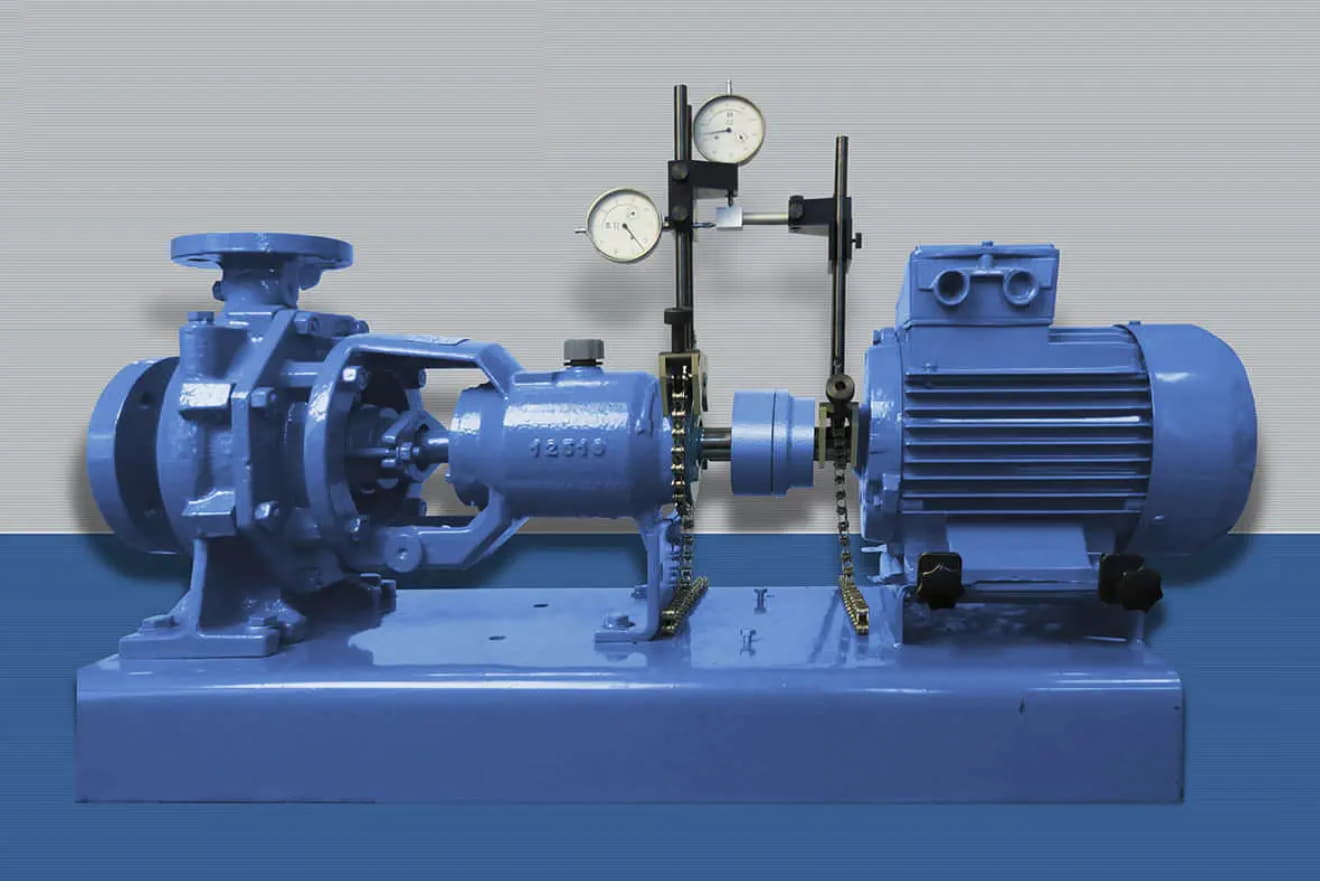When the orientation of an industrial pump is incorrect, the lack of proper pump shaft alignment becomes a fatal absence. It can give rise to various complications that impact performance and result in increased maintenance expenses. The significance of shaft alignment in preemptively identifying alignment issues before they escalate is worth noting.
Common Indications of Misalignment
Excessive Heat Generation
Misalignment causes heightened friction, resulting in the generation of excessive heat. Monitoring the temperature of the pump and its surrounding components aids in the identification of misalignment issues.
Elevated Vibration
Misaligned pump shafts often exhibit increased vibration levels. Excessive vibrations can accelerate the wear and tear of bearings, seals, and other critical components.
Seal Failure
Misalignment places additional stress on pump seals, leading to premature failure. Frequent seal replacements or leaks may indicate misalignment problems.
Bearing Failure
Misaligned shafts subject bearings to excessive loads, causing premature failure. Unusual noises increased bearing temperatures, or frequent bearing replacements could serve as indicators of misalignment.
Causes of Misalignment
Improper Installation
Inadequate alignment during the installation process is a primary cause of misalignment. Neglecting alignment procedures or improper coupling installation can result in pump shafts being misaligned.
Thermal Growth
Temperature fluctuations can cause thermal expansion or contraction, leading to misalignment. Discrepancies in the rates of thermal expansion between the pump and its connected equipment can result in misaligned shafts.
Operational Forces
Dynamic forces, such as pump loads, vibrations, and pressure fluctuations, can gradually lead to misalignment. These forces can arise from factors such as variations in fluid flow or changes in system operating conditions.
Techniques for Detecting Misalignment
Visual Inspections
Conduct regular visual inspections of the pump and its components to identify evident signs of misalignment, such as angular misalignment or gaps between couplings.
Vibration Analysis
Utilize vibration analysis tools to identify abnormal vibration patterns associated with misalignment. By monitoring vibration levels and comparing them to established baselines, potential misalignment issues can be detected.
Laser Alignment Tools
Employ laser alignment tools for precise measurements of shaft alignment. These devices utilize laser beams to detect and quantify misalignment, facilitating accurate adjustments.
Conclusion
The timely detection and correction of pump shaft alignment issues are vital for maintaining efficiency and cost-effectiveness. By recognizing common signs of misalignment, pump operators can prevent deadly and costly damages.
Ultimately, being proactive in detecting and correcting pump shaft misalignment is key to avoiding costly repairs and downtime. Therefore, remain vigilant and take immediate action at the first indication of misalignment.

